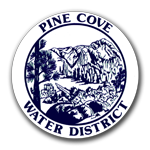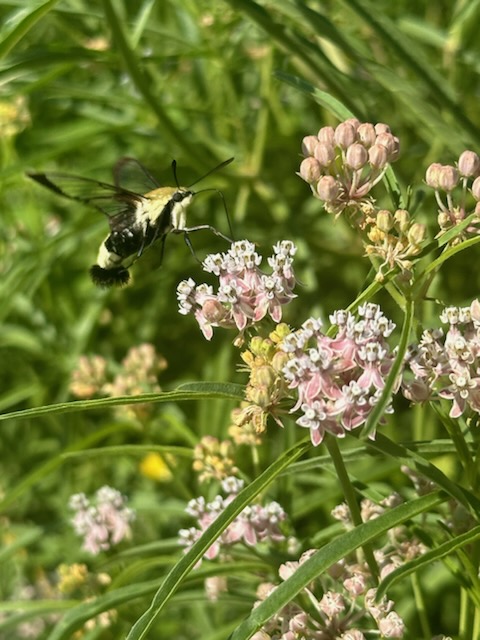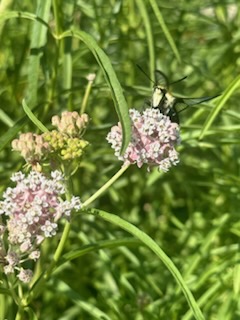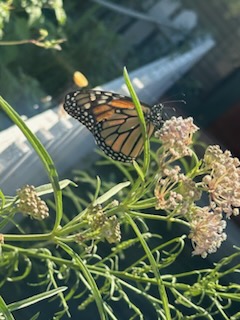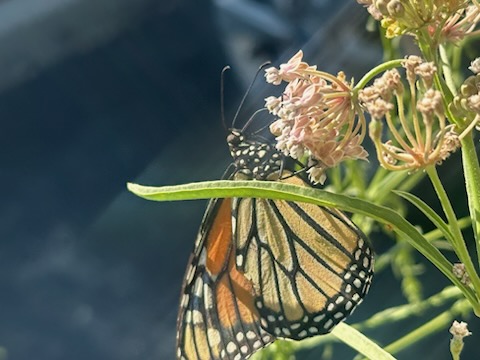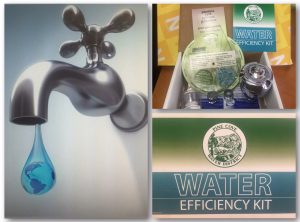Heat Safety Tips for Working in Hot Weather Conditions
Maintaining good self-care practices as you carry out work activities can positively impact your health and work productivity. Professionals who work outside often can benefit from using heat safety tips to stay well-hydrated and energized throughout the workday. By reviewing heat safety tips, you can better prepare yourself for working outside during heat waves or hot weather and promote heat safety among your coworkers.
What is heat safety?
Heat safety is the process by which people take precautions to maintain their body temperatures during hot weather. It’s important to understand heat safety because it can help you prevent instances of heat exhaustion, heat stroke and other types of heat-related illnesses.
Your ability to take preventative measures to care for yourself and those around you during heat waves or outdoor work activities can also influence your productivity when working outside.
Know the signs of heat-related illness
When working in the heat, it’s also important to understand the signs of heat-related illnesses in yourself and those around you so you can take action and prevent more serious illnesses. Symptoms of heat exhaustion include:
- Muscle cramps
- Flushed face
- Feelings of fatigue
- Dizziness
- Over-sweating
In contrast, signs of heat stroke, the next phase after exhaustion, include:
- Little-to-no sweating
- Rapid pulse
- Confusion
- Inability to speak properly
- Above-average body temperatures
18 heat safety tips
Review these 18 heat safety tips to stay healthy while working outside in hot conditions:
1. Wear light-colored and light-weighted clothing
If you don’t have to wear a specific uniform or protective gear for your job, try to wear light-colored clothing in shades like white, gray or any pastel colors rather than black or navy blue. This is because darker-colored clothing absorbs more heat, so light-colored clothing can help you stay cooler for longer. Similarly, light-weighted clothing can help you stay cool and more comfortable when working in the heat. An example of this would include wearing linen pants over denim jeans.
2. Drink plenty of water before and during working
Make sure you drink plenty of water before you start your workday as it ensures you’re hydrated enough to acclimate to the heat. Throughout the workday, drink water regularly to prevent dehydration. You can make sure you drink enough water by bringing one or more large water bottles that are insulated to keep your drinks cool.
3. Shorten work times with frequent breaks
Shortening work times and interspersing them with breaks can help you conserve your energy, rehydrate and cool down before continuing work. For example, a roofing company schedules work activities in 30-minute increments followed by a 10-15 minute break for employees. These breaks can help you assess your health and look for symptoms that the heat is affecting you.
4. Apply sunscreen throughout the day
Another important aspect of heat safety includes preventing extensive sun exposure and sunburns. You can do this by applying sunscreen to your face, ears, neck, arms and any other visible skin. Refer to the instructions on the sunscreen label to determine how often you need to reapply.
5. Wear a hat to prevent direct sun exposure
Wearing a hat can help prevent direct sun exposure while keeping you cool. When working outside, you can benefit from wearing a wide-brimmed hat with a loose fit over something like a baseball cap, as it shades all sides of your face and neck. This can also be a great way to prevent sunburns.
6. Stay in shaded or partially shaded areas as much as possible
When working in the heat, it’s important to limit the amount of time you’re in the sun as much as you can. You can do this by setting up work tents or umbrellas or standing in the shade of trees or buildings during work breaks. This reduces sun exposure and heat exposure.
7. Refrain from drinking fluids other than water
Other fluids like soda or coffee can potentially cause dehydration, so it’s best to drink water when working in hot weather. Your water intake also helps sweat production, which helps you maintain your average body temperature. If you bring another type of beverage to work, try to drink an equal amount of water with it.
8. Use a cooling cloth
A cool washcloth, ice pack or specialized cooling cloth on the back of your neck can help you maintain your body temperature and provide relief when working outside in hot weather. It may be useful to bring several cooling cloths and keep them in your icebox or cooler when not in use. By doing this, you have a supply to use while working in the heat all day and can maintain your body temperature.
9. Eat smaller portions of food throughout the workday
When working in hot conditions, it’s helpful to eat light meals frequently to ensure you maintain your energy levels while refraining from causing discomfort or stomach aches. Good options include foods high in nutrients and with a high water concentration. If you’re able to take breaks, this is good for rest and provides time to get a snack.
10. Pace yourself
When working in hot weather, it’s helpful to pace yourself so you can maintain similar energy levels throughout the workday. Try to work at a steady pace throughout the day so you’re not completing more work during a certain time period or rushing to finish your work. Start activities slowly and take breaks when needed. This can help you avoid overexertion.
11. Check the weather each day
Another good heat safety tip is to prepare for working in the heat in advance. This means reviewing weather reports and referencing the heat index. If you live in a humid climate, it may also help to look at the humidity levels for the day. By understanding weather conditions, you can take extra precautions like wearing the right clothes, taking adequate breaks and working during lower temperature points during the day.
12. Try to take breaks in air-conditioned areas if possible
It’s important to rest in air-conditioned areas as often as you can to ensure you give your body time to cool down before going back outside to work. This could include an air-conditioned store, restaurant or office building. Sitting in an air-conditioned car is another good option if there aren’t any buildings around the area where you’re working.
13. Complete outdoor work in the early mornings and evenings
If you operate your own business or work as a sole proprietor, you can try to schedule work activities for the mornings and evenings. This way, you avoid working during the hottest point of the day. You can also suggest this safety tip to your manager to see if it’s possible to change the work schedule.
14. Condition yourself to work in the heat and maintain your tolerance
If you haven’t worked outside for extensive periods of time before, it’s helpful to condition yourself to tolerate working in hot conditions before completing full work days in the heat. Much like learning to exercise in the heat, you also need to build your heat tolerance to work. This also means spending small amounts of time outside, even when you have a day off from work, to help you maintain your heat tolerance.
15. Set timers to make sure you take breaks and stay hydrated
Setting timers prevents you from losing track of time and spending too much time in the heat without water, food or shade breaks. For example, each time you finish a bottle of water, you set a timer for 20 minutes to remind yourself to get a refill. Another example would include setting a timer for one hour and immediately taking a break when the timer goes off.
16. Stop working if you experience heat illness symptoms
If you start to feel unwell as you work in the heat, make sure you communicate how you feel to your coworkers or direct superior and take a break in a shaded or air-conditioned area. This could include feelings of nausea, dizziness, cramping, headaches or fatigue. Taking a break immediately can give you an opportunity to recover from your symptoms before they become an issue.
17. Use fans to circulate airflow
You can use large fans connected to generators or nearby power sources to circulate airflow in your workspace. This doesn’t cool the air down, but it can provide a refreshing breeze as you work in hot conditions. Airflow can also improve breathing conditions and help you to stay energized.
18. Rest indoors after work to help your body cool down
Once your workday ends, you can promote your health and well-being by taking time to rest indoors, in a preferably air-conditioned or cool space. This means refraining from additional outdoor activities to give your body time to properly cool down. Resting inside limits your sun and heat exposure and helps maintain your body for the next day of work.
